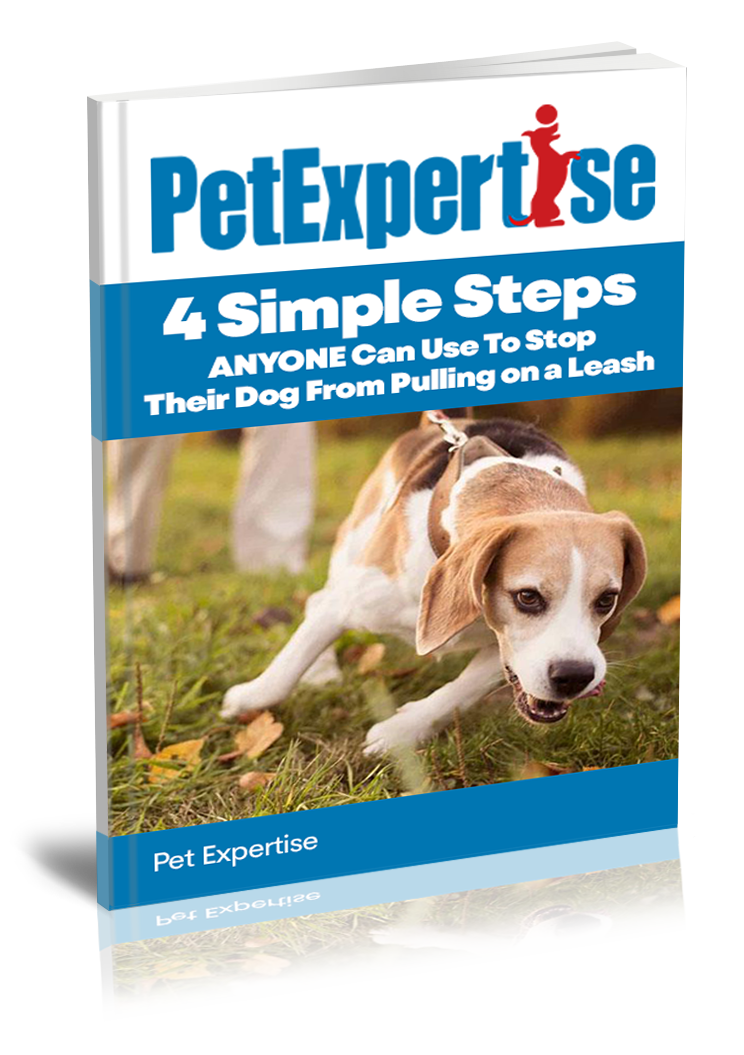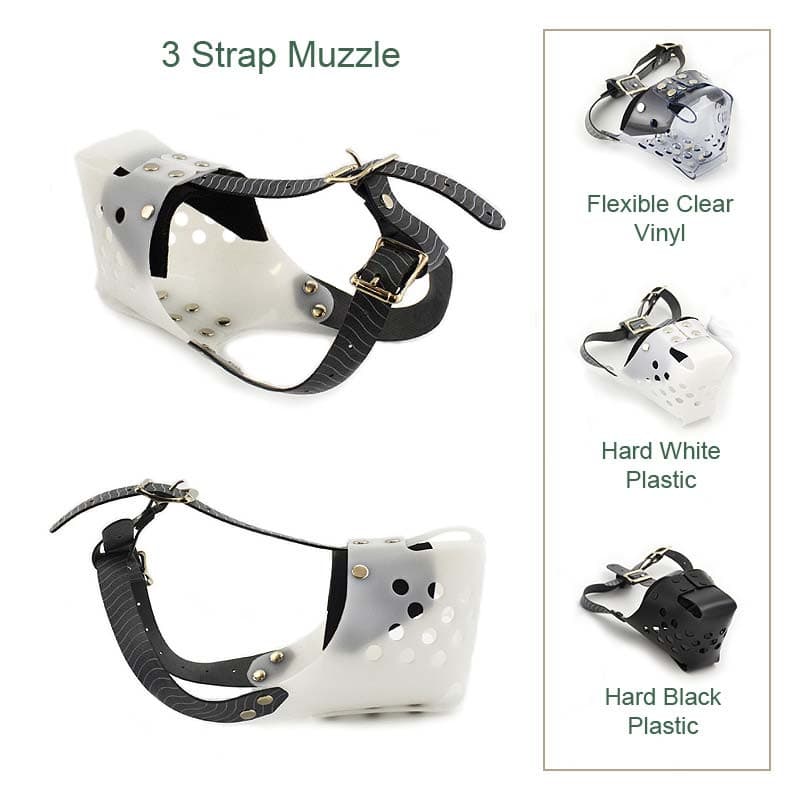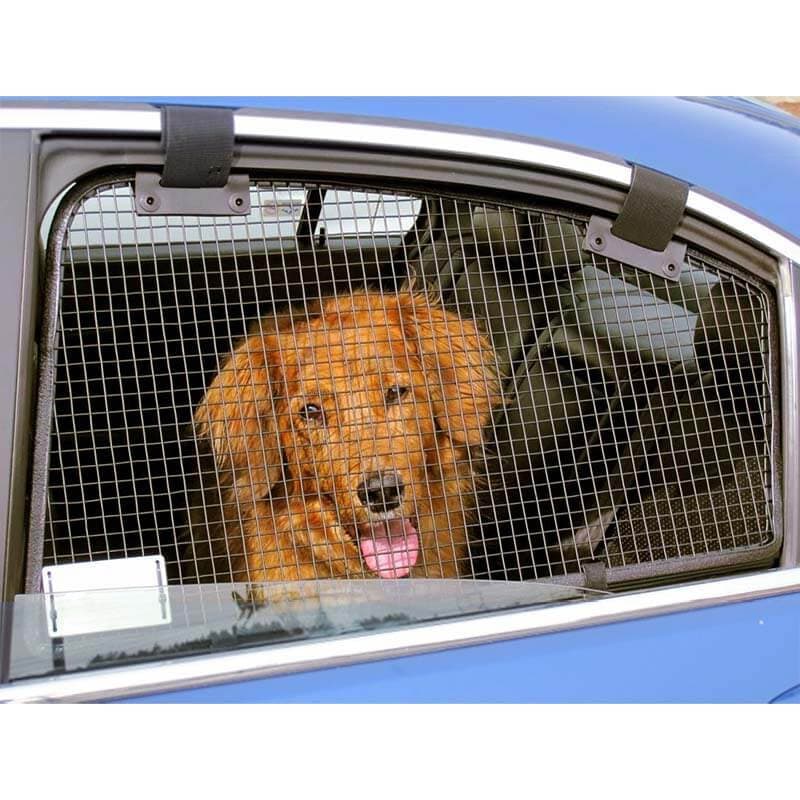Choosing the Right Chew Toy for Your Dog's Personality

Chew toys serve many essential functions in a dog’s life—from relieving boredom and aiding dental health to managing anxiety and encouraging natural behavior. But when it comes to choosing the right chew toy, one-size-fits-all simply doesn’t work. Dogs, like humans, have personalities, preferences, and behaviors that vary widely. Whether your pup is a playful problem-solver or a comfort-seeking cuddler, there’s a perfect chew toy out there—tailored to their individual needs.
In this guide, we’ll help you understand how to pick the ideal chew toy by exploring your dog’s chewing style, personality type, and safety requirements. We’ll also walk through the best materials, how to safely introduce new toys, and how to keep your dog consistently engaged with their toys. Let’s find your dog’s perfect match.
Understanding Your Dog's Chewing Style
Dogs chew for different reasons—relief, fun, instinct, or comfort. Understanding the nature of your dog’s chewing is the first step to selecting the right toy. Let’s break it down.
Aggressive Chewers vs. Gentle Gnawers
Some dogs are determined chewers, capable of destroying most toys within minutes. These aggressive chewers need ultra-durable options like industrial-strength rubber or reinforced nylon toys. Breeds like Pit Bulls, Rottweilers, or German Shepherds often fall into this category.
Gentle gnawers, on the other hand, chew softly and tend to treat toys with more care. These dogs may do well with plush or rope toys, as they prioritize tactile enjoyment over sheer force.
Persistent Chewers vs. Casual Biters
Persistent chewers will chew for hours on end—often as a self-soothing or focusing activity. For them, toys need to be long-lasting, safe, and mentally stimulating. Treat-stuffable or flavored toys are great here.
Casual biters may only chew occasionally, especially when bored or triggered by specific events (like teething). They don’t need heavy-duty toys, but engaging textures and flavors help pique their interest.
Teething Puppies vs. Senior Dogs
Puppies chew to explore the world and relieve the pain of incoming teeth. They need soft, flexible, and cooling chew toys made from puppy-safe rubber or silicone.
Senior dogs may continue chewing for comfort or dental health but usually have more sensitive mouths. Softer materials, soothing textures, and toys that double as dental aids are ideal.

Personality-Based Toy Recommendations
Every dog has a personality—playful, shy, focused, anxious, or food-driven. Here’s how to match the right toy to your dog’s unique temperament.
The Curious Explorer – Puzzle Toys
Curious dogs love to be mentally stimulated. Puzzle toys challenge their minds and reward them with treats, keeping them engaged and occupied. These toys help reduce boredom and prevent destructive behavior.
Look for chewable puzzle toys made from tough materials, with varying difficulty levels. They’re ideal for breeds like Border Collies, Poodles, and Australian Shepherds, who thrive on mental challenges.
The Chewing Champion – Indestructible Toys
If your dog destroys everything in sight, go for toys marketed as “indestructible.” While no toy is truly indestructible, brands like Goughnuts, KONG Extreme, and West Paw offer high-durability options built to withstand even the most intense chewers.
These toys come in thick rubber or durable nylon and often have safety indicators to show when it’s time to replace them.
The Nervous Nibbler – Comfort Toys
Some dogs chew to calm themselves, especially in stressful situations. For them, plush toys that mimic the feeling of cuddling or contain calming scents are ideal. Soft rope or fleece toys can also serve this purpose.
These are great for small breeds, senior dogs, or rescues dealing with anxiety. Pair these toys with crate training, soothing music, or calming sprays for best results.
The Food-Motivated – Treat-Dispensing Toys
For dogs who are driven by food, chew toys that also serve as treat dispensers or puzzle feeders are a win-win. They provide mental stimulation while satisfying hunger and natural foraging instincts.
Look for toys you can fill with peanut butter, kibble, or freeze for extended playtime. These are especially helpful for dogs prone to separation anxiety or needing redirection.

Chew Toy Materials to Match Behavior
Material matters. The wrong choice could be ineffective—or even dangerous. Let’s break down the pros and cons of popular materials and how they relate to your dog’s chewing behavior.
Rubber, Nylon, Rope, and Plush – Pros & Cons
- Rubber: Durable, bouncy, and usually dishwasher-safe. Great for aggressive chewers and treat stuffing.
- Nylon: Very tough and long-lasting, but can be too hard for sensitive mouths. Choose carefully based on your dog’s size and strength.
- Rope: Ideal for tug-of-war and moderate chewers. They also help clean teeth, but supervise to avoid ingestion of loose threads.
- Plush: Best for gentle chewers and comfort seekers. Not durable, but excellent for emotional support or light chewing.
Safety Factors by Dog Size & Breed
Size matters. A toy too small can be a choking hazard, especially for larger breeds. Conversely, large toys may overwhelm smaller dogs. Always follow the size guidelines on packaging and opt for brands that offer breed-specific options.
Power chewers like Labs, Huskies, and Boxers need tougher toys than breeds like Shih Tzus or Pomeranians. Always consider the breed's typical behavior and energy level.
FDA-Approved vs. Rawhide Alternatives
Many experts recommend avoiding rawhide due to choking risks and digestibility concerns. Instead, look for FDA-approved materials, veterinary-recommended dental chews, or natural chew alternatives like yak milk chews or vegetable-based dental sticks.
Always read labels and ensure the product is made from non-toxic, pet-safe materials. Trusted brands will clearly mark their safety certifications.
How to Test New Toys Safely
Every dog reacts differently to new toys. Here’s how to introduce them in a way that’s both safe and rewarding.
Supervised Introduction and Observation
Always supervise your dog the first few times they interact with a new chew toy. Watch how they chew, how long they stay interested, and if any damage occurs. This helps you gauge if the toy suits their chewing intensity.
If your dog tries to swallow large pieces or shows signs of frustration, it may not be the right match.
Signs of Toy Overuse or Risk
Check for the following red flags:
- Frayed rope strands
- Cracks or sharp edges on hard toys
- Large chunks missing
- Your dog showing gum irritation or tooth damage
Rotate toys regularly to avoid overuse, and replace damaged toys immediately to prevent choking or injury.
When to Retire a Chew Toy
Even the best toys don’t last forever. Retire a chew toy if:
- It’s been significantly chewed down
- It has pieces missing
- The surface has become rough or jagged
- Your dog has lost interest
Keeping fresh, safe toys in the mix keeps the experience enriching—and reduces the risk of harm.
Making It a Routine: Keeping Dogs Engaged
Engagement is key to long-term toy success. Make chew toys part of your dog’s lifestyle, not just an occasional treat.
Weekly Toy Rotation Strategy
Dogs, like people, can get bored. Rotate 3–5 toys weekly to keep things exciting. This also allows toys time to “reset” and smell less familiar, encouraging renewed interest.
Designate certain toys for specific activities—puzzle toys for alone time, tug toys for interactive play, and plush toys for quiet time.
Rewarding Positive Play
Praise your dog when they use their chew toy correctly. A simple “good job” or extra treat reinforces the behavior and creates positive associations.
Avoid scolding them for chewing the wrong items—instead, redirect to the correct toy and reward them when they make the switch.
Multi-toy Sets for Different Moods
Consider investing in chew toy bundles designed to suit various moods and needs. Some sets include soft comfort toys, hard dental chews, and interactive puzzle options. Multi-toy sets provide variety and reduce the risk of destructive behavior from boredom.
Choose sets tailored to your dog’s age and temperament for maximum benefit.
Conclusion
Choosing the right chew toy isn’t just about durability—it’s about matching your dog’s individual needs, habits, and personality. Whether your pup is a teething explorer, a high-energy chewer, or an anxious comfort-seeker, there’s a perfect toy to support their well-being and happiness.
At Pet Expertise, we specialize in helping dog owners make informed decisions backed by behaviorists and veterinarians. Our curated selection of chew toys caters to all types of dogs—from gentle gnawers to power chewers—with a focus on safety, enrichment, and emotional support.
Explore our chew toy collection and discover toys designed with your dog’s personality in mind. Because when your dog feels understood, they thrive.
Frequently Asked Questions (FAQs)
Start by observing your dog’s chewing style and personality. Are they a power chewer, a comfort seeker, or food-driven? Match their behavior to toy types—rubber for tough chewers, plush for anxious dogs, or puzzle toys for curious minds.
Plush toys are best for gentle or comfort-seeking dogs. They’re not recommended for aggressive chewers as they can be easily torn apart and ingested. If your dog tends to destroy toys quickly, opt for reinforced plush or durable rubber instead.
Ideally, rotate 3–5 different chew toys weekly to keep your dog engaged. Offering variety—different textures, shapes, and functions—helps prevent boredom and keeps the activity enriching.
Some chew toys are safe for unsupervised use, especially those made of durable rubber or nylon. Avoid leaving your dog alone with plush, rope, or toys that can be shredded unless you're confident they won’t tear or swallow parts.
Replace a chew toy when it shows signs of damage—chunks missing, frayed threads, or sharp edges. Also, retire toys your dog no longer engages with. Keeping toys fresh and safe ensures they continue to support your dog’s health and happiness.
- Choosing a selection results in a full page refresh.
- Press the space key then arrow keys to make a selection.



